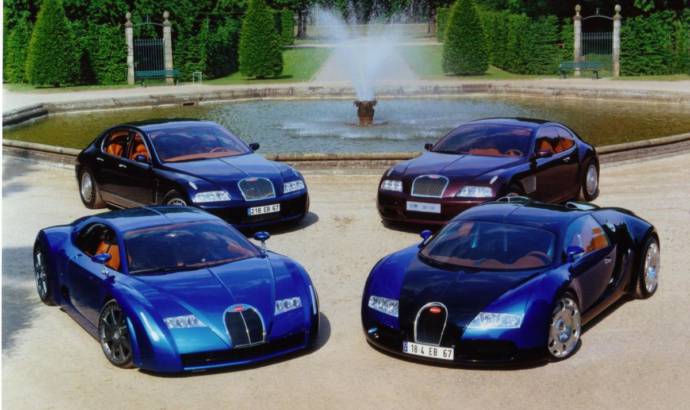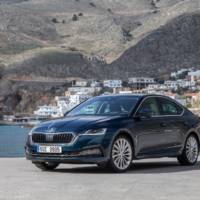Bugatti has a fantastic tradition, but its most advanced cars ever produced were launched under the Volkswagen era. The first product was the Veyron, who was first launched in 2005.
In 1997, on the “Shinkansen” express train between Tokyo and Nagoya, a sketch was created that would change the automotive world. Following a discussion with the then Head of Powertrain Development at VW, Karl-Heinz Neumann, he drew on an envelope – he had had the idea for a long time – an engine with 18 cylinders. Powerful, strong and better than anything else. The man was Ferdinand Karl Piëch, a gifted engineer and long-time CEO and Chairman of the Volkswagen Group – and the driving force behind the development of the Bugatti Veyron 16.4.
The talk was of 18 cylinders, a revolution in engineering. As an engineer and passionate engine developer, Ferdinand Piëch viewed the engine as the central element of the car, its beating heart. The ardent car lover designed an 18-cylinder engine from three VR6 cylinder banks, offset by 60 degrees to each other. The naturally aspirated engine delivered 555 PS from a displacement of 6.25 litres, also providing exceptional running smoothness.
The only thing missing was the right brand for the engine. A few months before conceiving his idea, the then Volkswagen Group boss Ferdinand Piëch had been on the look-out for an exclusive brand with a rich history, contemplating Bentley and Rolls-Royce in Crewe, which has been one company since 1931. It had to be a brand that not only represented performance, but also innovative technology, design and luxury. When Piëch heard during his Easter vacation on Majorca in 1998, that BMW would win the bidding for the name rights against VW, his son Gregor adamantly insisted to buy him a model car version of a Bugatti Type 57 SC Atlantic and thus guided his father to the solution.
The Bugatti EB 118 – the first design prototype – was created in just a few months in record time. The nomenclature stood for the first concept car with 18 cylinders. The luxury coupé with its specifically designed 6.25-litre front engine was presented by the new brand at the Paris Motor Show for the first time in October 1998. It was a self-drive car with a permanent all-wheel drive, aluminium space frame structure and precision multi-link suspension. The designer Giugiaro did not create a retro car, but elegantly updated Jean Bugatti’s design. The car world gave the car an enthusiastic reception.
When the first near-series Bugatti EB 16·4 Veyron was introduced in Paris in September 2000, the numbers changed, but not the nomenclature. The numbers still provided information about the concept car versions and the number of cylinders. Instead of using an 18-cylinder engine, the engineers decided on a W16-cylinder engine. This was more compact as a classic V-engine and therefore lighter. Two V8 engines were arranged at an angle of 90 degrees to each other, and the cylinder banks of each V8 unit were separated by an angle of 15 degrees. This arrangement created a space-saving W-configuration where the piston strokes of all four cylinder banks act on a single crankshaft – hence the name W16 engine. This permitted a displacement of more than seven litres for the engine and the use of turbochargers. While the previous drive had done without turbochargers, the power yield was sufficiently high with the four turbochargers: over 1,000 PS would later be available with permanent all-wheel drive – providing propulsion up to a speed of over 400 km/h. In 2001, Bugatti announced that series production of the Veyron in a limited production run had now finally been decided. An 8.0-litre 16-cylinder engine would provide the hyper sports car with 1,001 PS and a torque of 1,250 newton metres. Derived from the idea of the 18-cylinder engine, the 16-cylinder engine was created using two VR8 engines. In contrast to the 18-cylinder engine, which was designed as a naturally aspirated engine, this engine had four turbochargers for the first time.
The name and the basic layout of the drive train were now fixed, and the engineers started working on creating an appropriate design for this tremendously powerful engine. Apart from the immense power output, the specifications demanded acceleration from 0 to 100 km/h in 2.5 seconds as well as a speed of more than 406 km/h.



